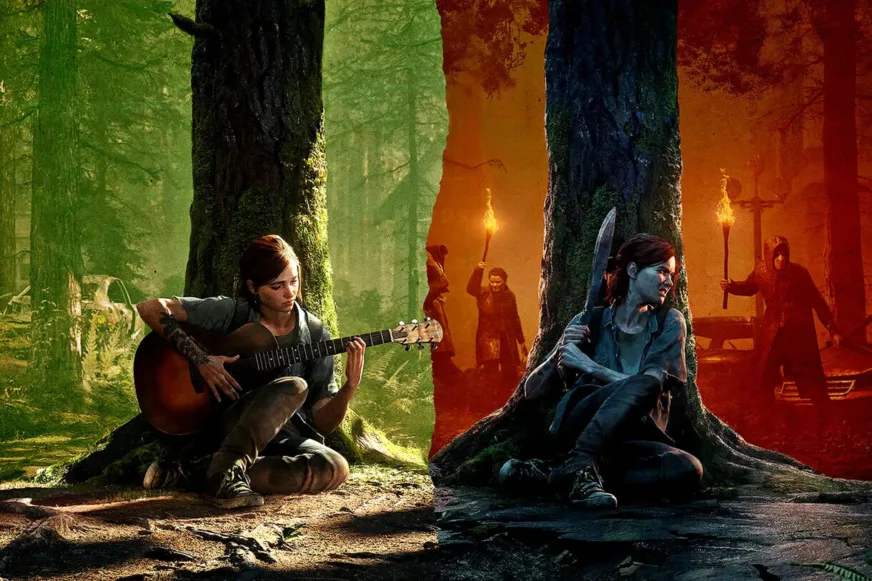The emotional rollercoaster I’ve experienced during the playthrough.
Prologue | My introduction to The Last of Us series
I got acquainted with the first part of one of the most sensational games of recent times somewhere in 2015. The PS4 bought for Christmas was originally aimed at the long-awaited shooter from Bungie (Destiny), but it also came in handy to get acquainted with other platform exclusives of that time (BloodBorne, Uncharted, DriveClub, The Order: 1886).
But The Last of Us, released a year earlier, somehow managed to slip past my attention, although by that time it had already collected dozens of various awards and nominations.

Purely by chance, a colleague from work decided to sell the disc (it’s a common practice for a console to beat the game and sell or trade the disc to play something else) and I got the opportunity to borrow it for a couple of days while a colleague was looking for a buyer 🙂
The next day I came to work with red eyes from lack of sleep and paid him the cost of the disk. The first part, despite its jambs and seeming simplicity (after all, I’m an avid PCar in life) literally swallowed me whole, mostly with an exciting plot.
Every time I came home from work, I could not wait to collapse on the sofa and find out what was on the next page of this interactive movie.
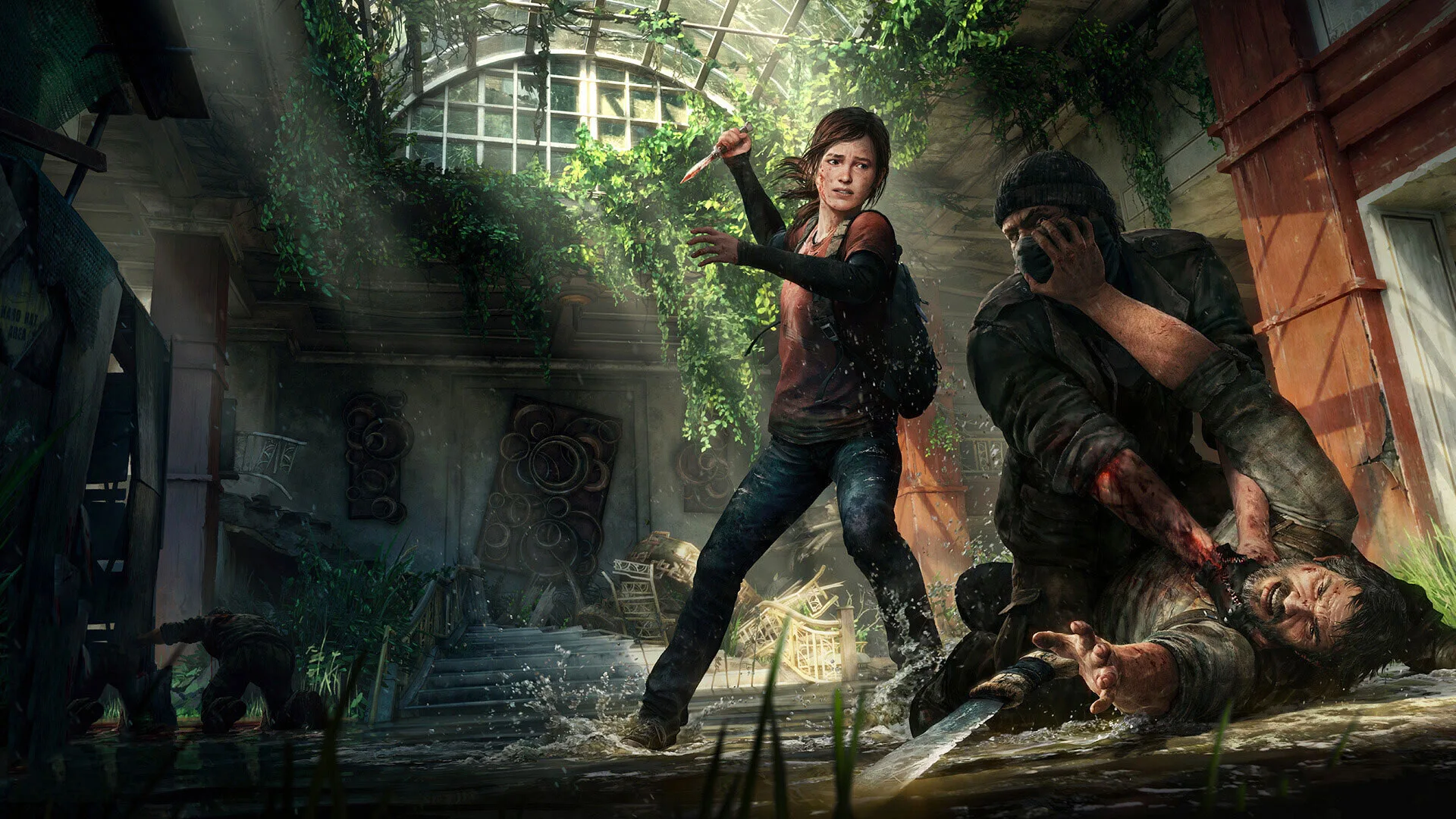
Having received a lot of different emotions, I still remember how I moved away from what I experienced. And how much I was impressed by the plot and its ending.
What would I do if I were the main character? Would I do what he did? The final scene for some time popped up in my imagination, and when I found out about the announcement of the second part, I hoped that the developers themselves would give the best answer to this question in the near future. All that was left was to wait!
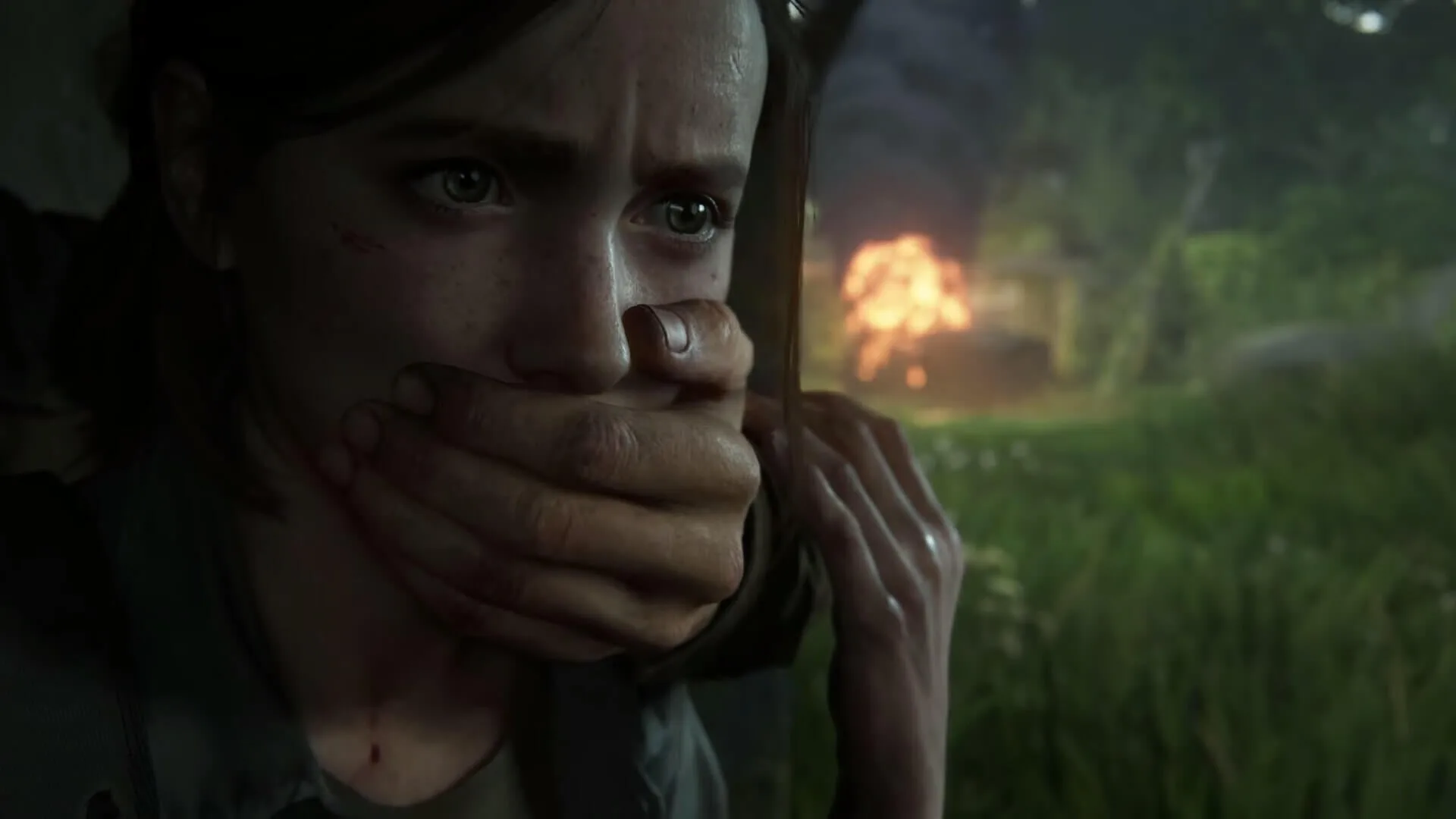
The Last of Us Part II was announced in late 2016 but without a specific release date. Neil Druckman, then the creative director of Naughty Dog, decided that with this approach he would avoid disappointing the players.
Unfortunately, I did not have the patience to wait for the release of the game, because. The PC has remained my primary entertainment platform. After going through all the console exclusives, I caught myself thinking that I turn it on about once every few months: when one of the guests was not averse to playing a game or two in Fifa, PES or Mortal Kombat 🙂 Yes, and Destiny after 500+ simulated hours no longer caused the former delight.
The decision to sell the console and buy a new PC graphics card seemed like a smart decision, so when The Last of Us Part II hit the market in the summer of 2020, I no longer had a curling iron.
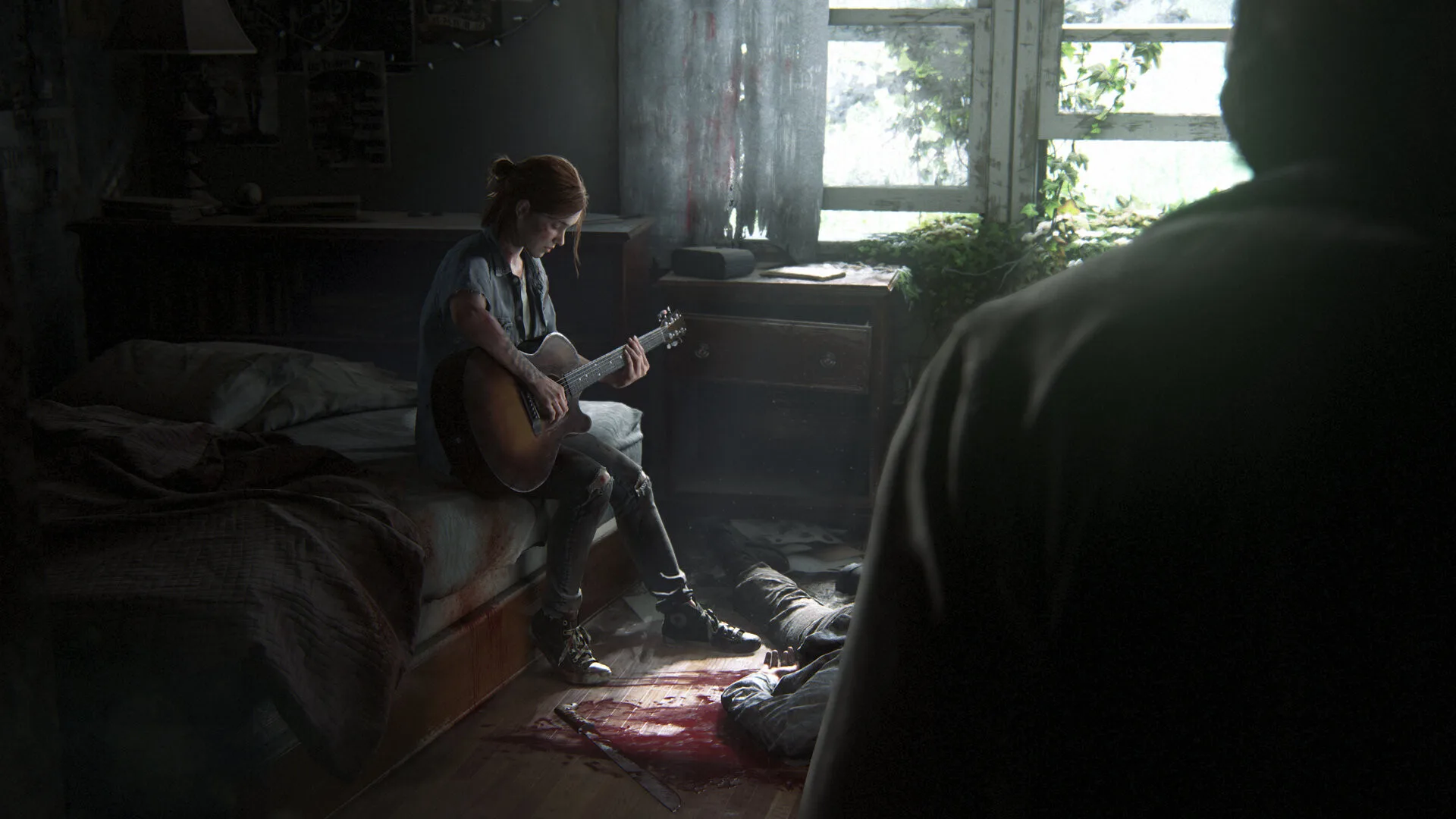
Nevertheless, I closely followed the first reviews of critics, re-read all the local ones on DTF and 100,500 more pieces on other resources. It was very difficult to dodge spoilers, but as a person quite experienced in this matter (yes, I’m the same dude who has not seen Game of Thrones), I still managed to avoid them.
A couple of months ago, I first saw a 50% discount on the second part (physical copy) and decided not to hesitate any longer. Having borrowed the console from a friend for a couple of weeks, I was sure that this time would be more than enough for me. To finish the game and write a complete review.
How wrong I was!
Jackson | First impressions and technical part
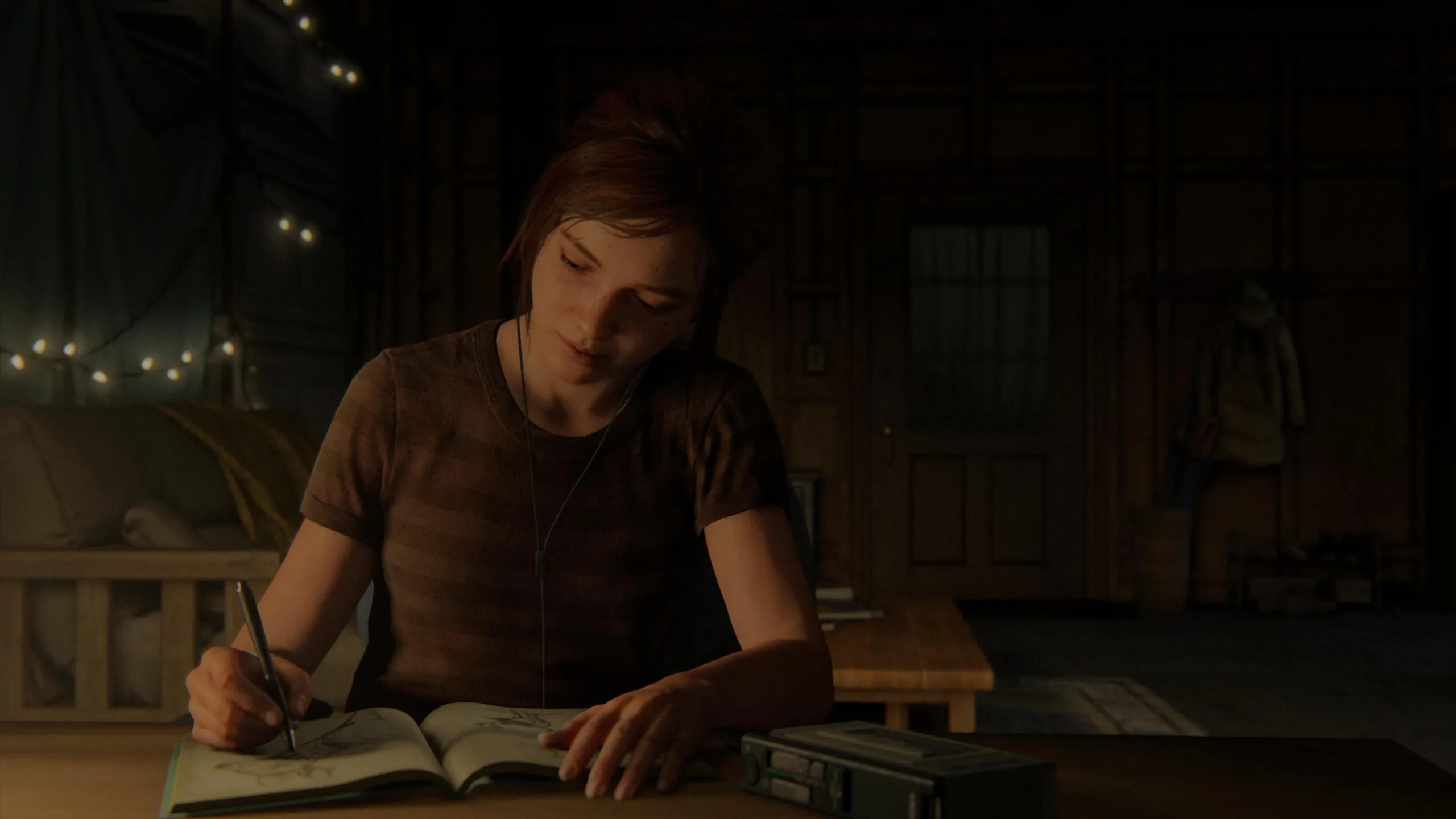
The beginning of the game generously pours out positive emotions. A couple of familiar faces – prettier in the time between events – are. There are a bunch of new characters that surround the main characters. The well-known shooting and character levelling mechanics are also in place. The plot picks up pace and makes it a little clear what kind of people they are and how their fate is intertwined with Ellie and Joel.
Taught by the previous part, you begin to guess: who is good, who is bad, who will change his mind by 180 degrees, and who will come to the rescue at an unexpected moment. Terribly little time is allotted for secondary characters, one can only understand their motives by personal guesses, and some of them appear for a couple of minutes at all and immediately disappear: as if they didn’t have time to finish the game and simply didn’t come up with a good retreat. But I hoped that this was only a first impression, and with the help of a popular technique with flashbacks to the past, the authors would reveal other characters in a better way.
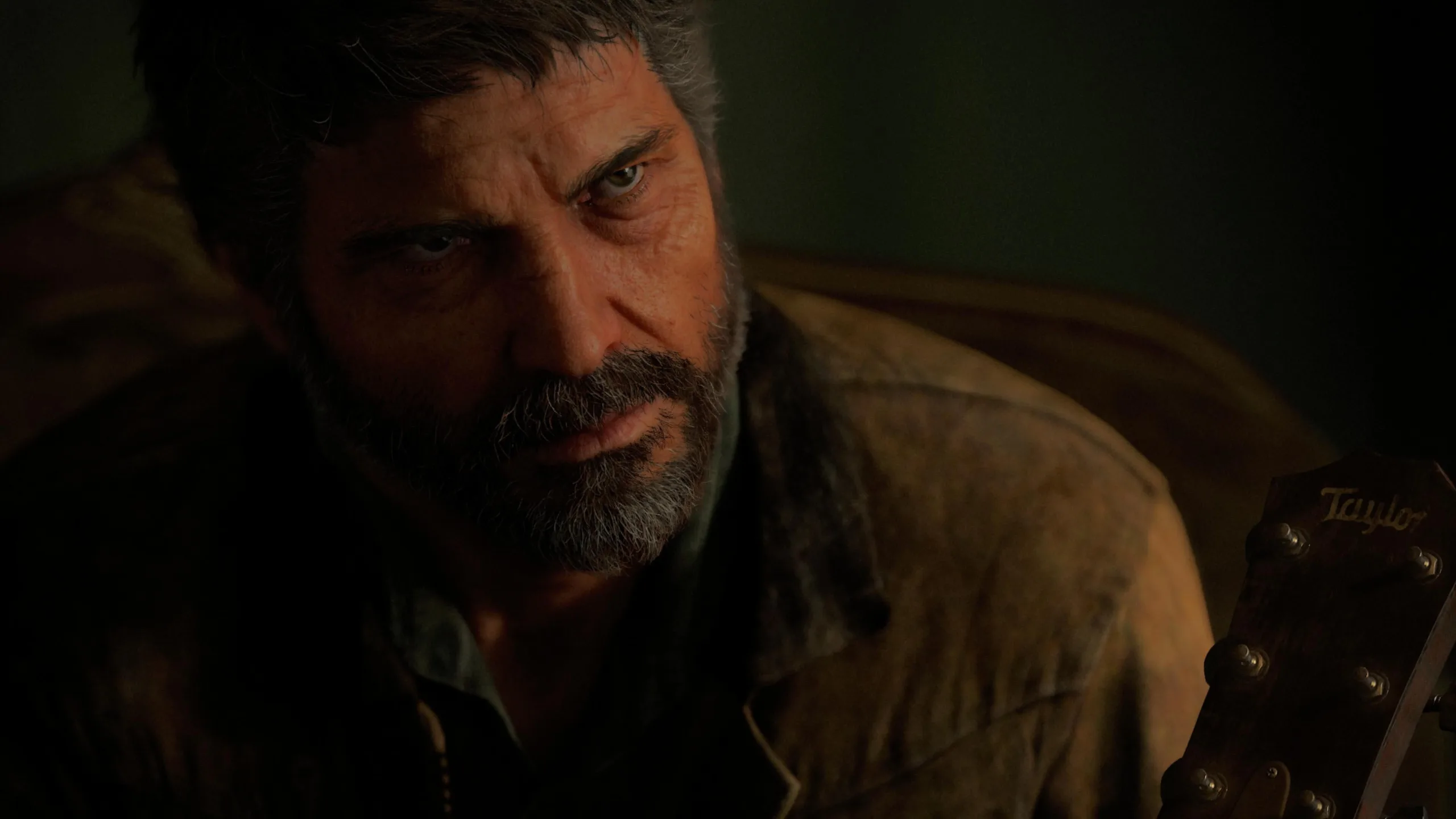
While the plot is spinning for the first hours of the game, noticeably prettier graphics get into the spotlight. I can’t imagine how good the game would look if it came out now on the 5th generation of the console, but The Last of Us Part II literally squeezes all the juice out of the 4th curling iron. This is noticeable even in the main menu of the game when the only fan of the console starts to noticeably rotate, and after the download is complete, it looks like a jet aircraft turbine. Therefore, I categorically do not recommend playing without headphones!
Oh yes, graphics. Almost every frame from the game – like a well-directed film – at least take it and cut it into photographs. Starting from the quality of textures, facial expressions, and character movement and ending with the environment: from large bright rooms to cramped and dark basements, from snow-covered fields to green forests, ocean shores and huge ruined cities.

The play of light and shadow, depressing grey landscapes and luscious bright jungles are complemented by a great soundtrack. First, the ambient sounds are selected with surgical precision. With closed eyes, sitting in headphones, you can tell exactly where the character is: among the tall grass, in an abandoned wooden house, in the middle of an abandoned highway, or on board a wrecked ship.
Secondly, each enemy is clearly recognizable by sound, each type of weapon gives an incredible effect of presence, and being in the middle of an active firefight is a whole fountain of emotions! I have repeatedly noticed that I bend my neck during the game as if I was trying to dodge an arrow or a bullet while sitting on the couch 🙂
The sound and musical accompaniment do not lag behind, if not for one thing. Despite the superbly chosen music, in most cases, it spoiled the immersion rather than complemented it. The fact is that in the event that something bad in the plot was approaching, the music immediately gave out the time H – abruptly appearing out of nowhere. While walking through the woods, exploring an abandoned house, or tritely during a cut scene. And I knew right away that something was about to happen. It wasn’t always predictable (sometimes quite the opposite – even funny), but happened often enough that I had a thought – why not turn off the music altogether?
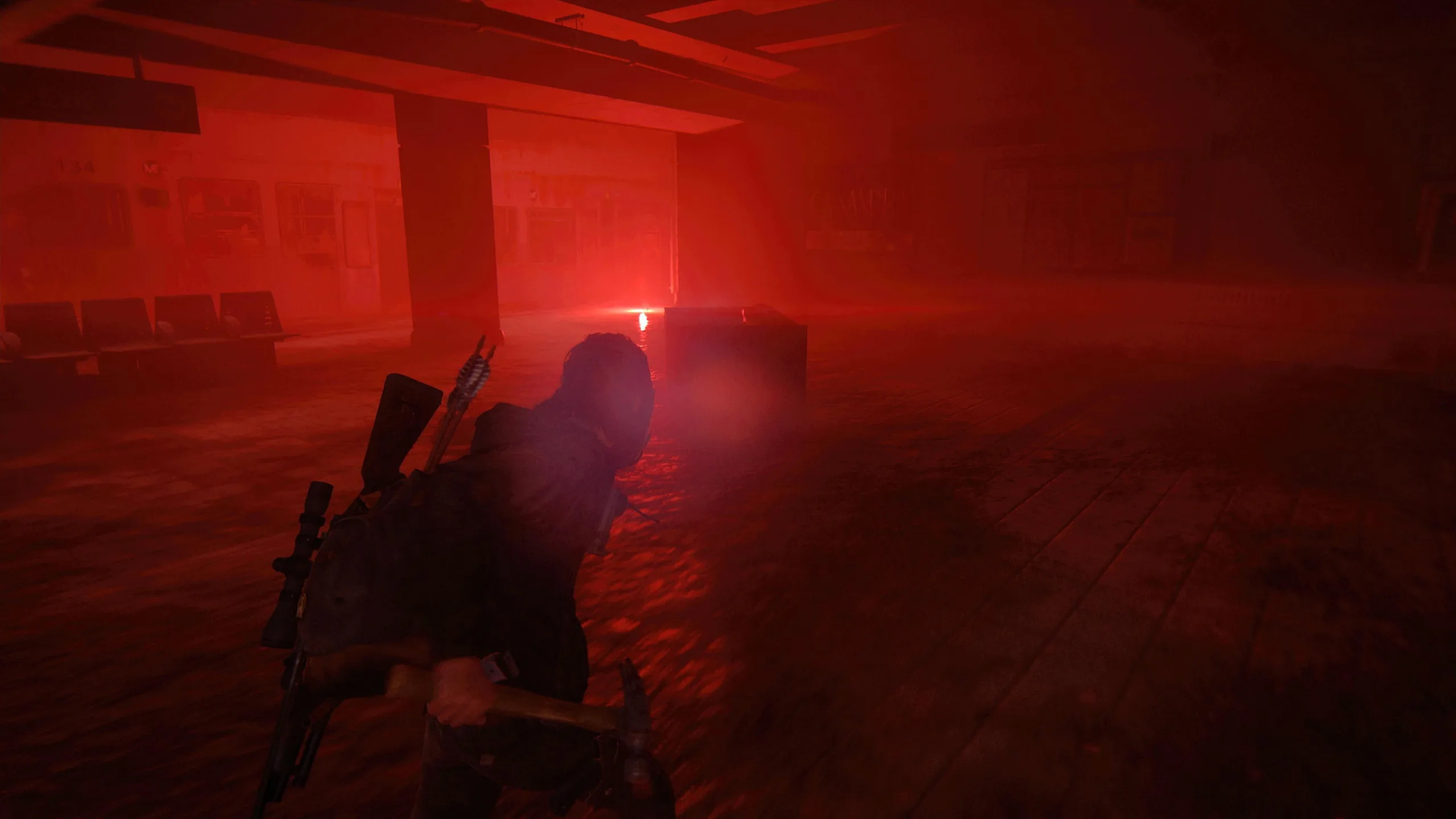
Continuing the laudatory ode to the developers, I simply cannot but mention the optimization. On the ancient 500 GB non-SSD (!) disk – the same ancient and dusty curling iron – the game took a long time to load only the first time: starting a new game or starting a save to continue on.
No loading screens when opening a door, between cutscenes or other events. At all! Even when dying and/or reloading a checkpoint, the game would show a loading screen (with a random tip) for no longer than a couple of seconds. It seemed like something fantastic and had a very positive effect on the overall immersion in the game.
And finally, one more fact: I did not meet a single bug in the game and it never crashed in 30+ hours of playthrough. What was the state of The Last of Us Part II at the time of its release, I do not know (because it’s been almost a year since then), but right now the game works without a hitch.
Seattle | About gameplay, allies and opponents
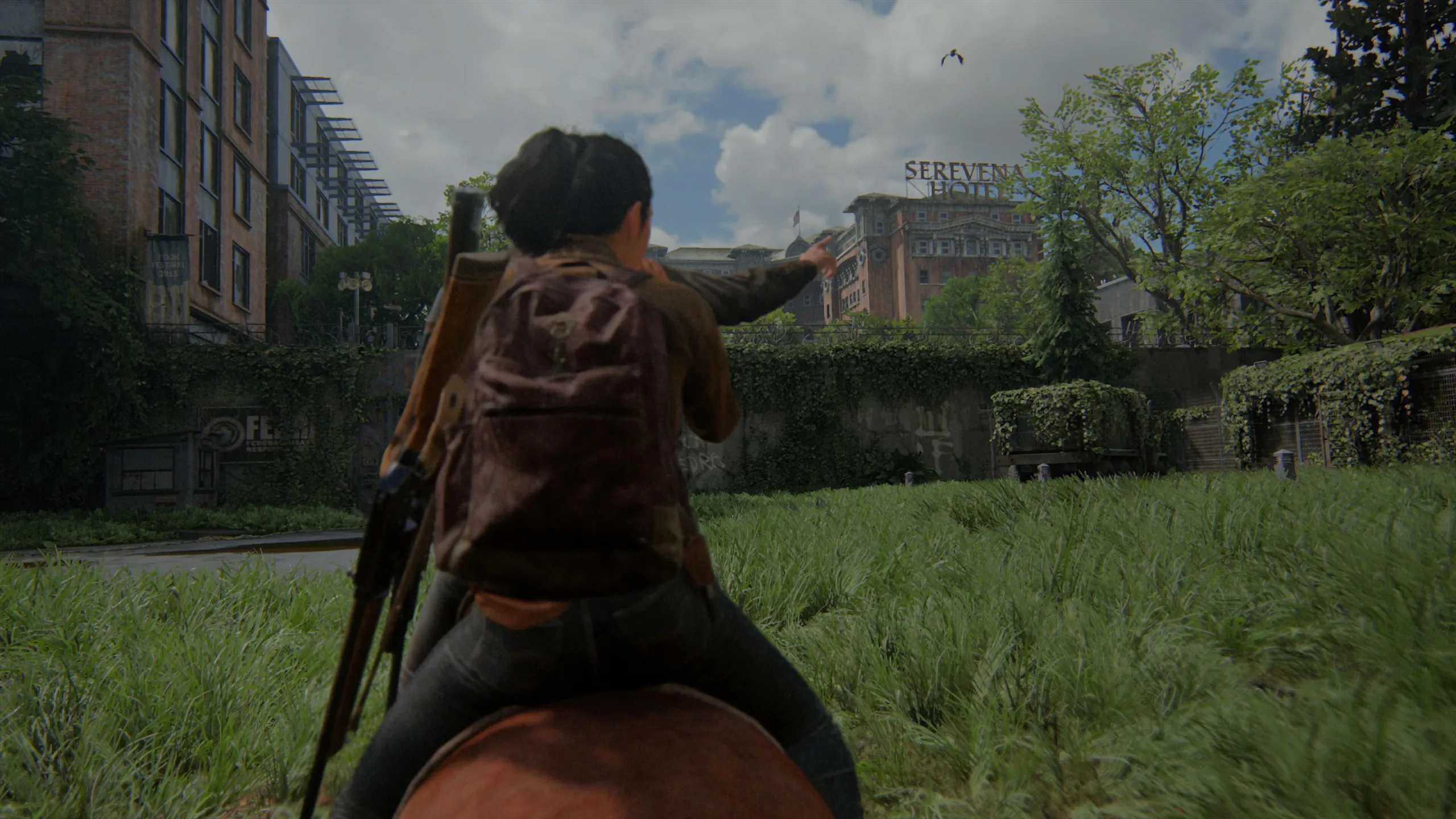
The Last of Us Part II inherited most of the gameplay elements from the previous part. There are some positives and not-so-good things about it.
Let’s start with the environment. When the euphoria from the visual component slows down a bit, the understanding comes that the whole world of the game is one long corridor. Yes, there are several corners, looking beyond which you can find some usefulness, but there is no minimum freedom of action here from the word at all.

For example, you run like this all on emotions in a dense forest and you see two paths: left and right. If you go to the right and the main character says something or (God forbid!) dramatic music plays, there is no point in turning back. The developers seemed to be afraid to do too much environmental exploration in the game, so going left in the above example would lead to an impenetrable wall of trees. Even without some useful stuff on the ground!
Trying to make Seattle a city free to explore looks as ridiculous as possible. In practice, the entire location is the same corridor – even despite the freedom of movement along the streets – you can go somewhere past the plot, but to no avail. We are even given a map of the city with the ability to see the current position (although this was never required before) and the ability to go to one of several points of interest. But this choice does not affect anything and the question is – why did they stick it at all? – remains open.

The game does not shine with variability in other aspects either: the dialogues here are without choice, there are no side quests (going to Valhalla will not work), and pumping five different branches of the character affects the gameplay a little more than nothing. That is, the developers did not invent anything new and simply copied the previously tested system from the first part.
The same can be said about weapon modification, but there is at least some aesthetic pleasure here: adding a scope to a rifle or a few extra rounds to a shotgun is accompanied by a well-done animation. It also greatly simplifies the gameplay: the better the weapon is pumped, the easier it is to massacre and kill an entire army of enemies.
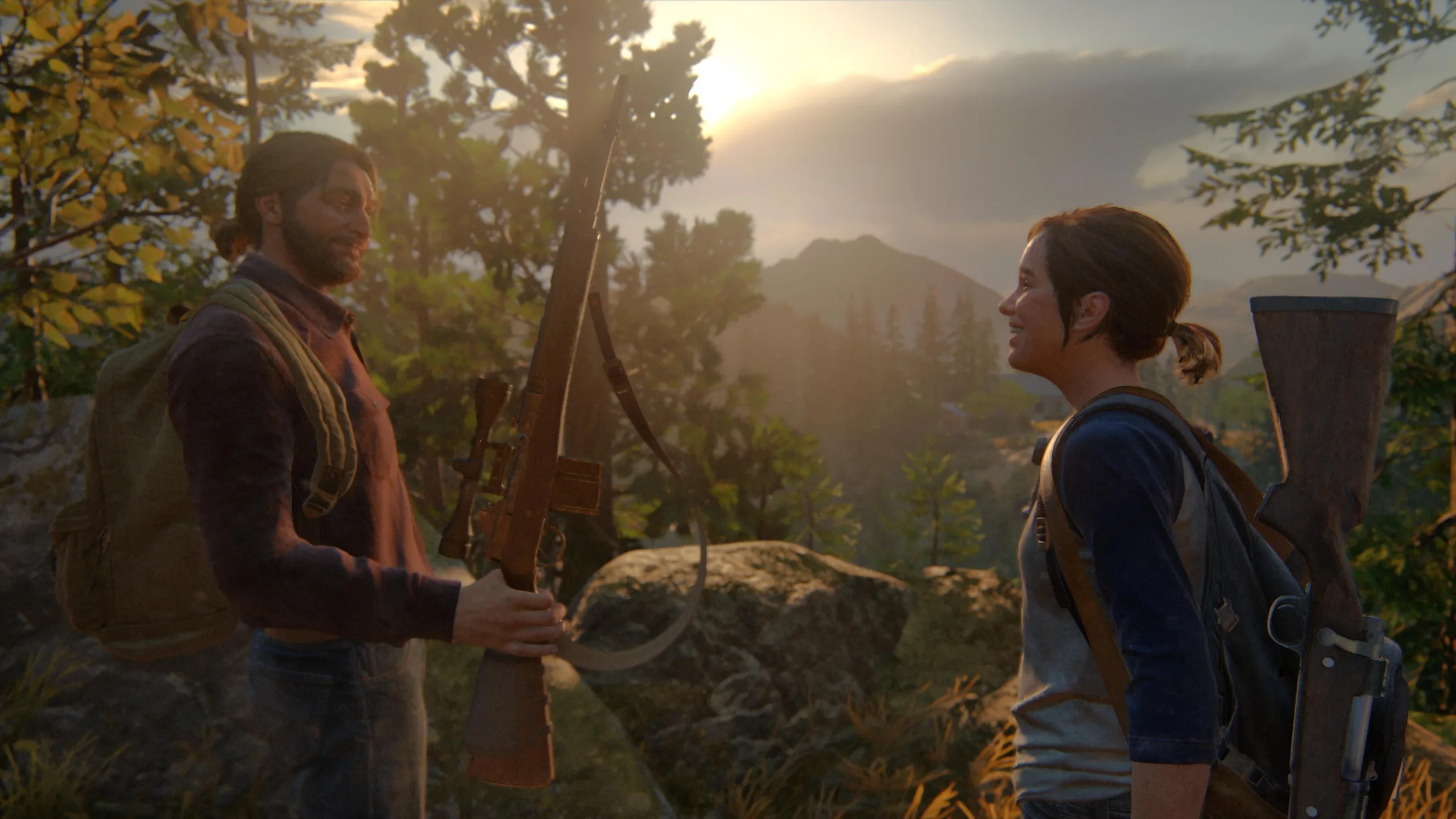
When it comes to allies in battle and opponents, I have a bit of mixed feelings. The environment itself with many shelters, a slight lack of ammunition and the number of enemies, as it were, hints at the hidden passage of the maximum number of locations. By the way, the locations themselves in the second part are significantly larger – these are not the narrow glades of the first part, there is clearly where to turn around during the battle.
Allies raise no objections. First, they act more like real people than scripted bags of skin. Approaching the control point and running back, an ally will come back for you and ask what happened. If you are stupid for a long time or run in circles, as if stuck, they will tell you the way or give advice. And in rare cases, you can talk to them about something neutral (a special icon appears above the NPC’s head). In battle, they are also not idle: either they will take on the enemy, or they will pull our hero out of a hopeless situation.
Enemies are smart enough: they don’t just climb into the fire, they work together and actively try to knock us out of cover. Dogs added some minimal variety – it’s not so easy to see a fast-moving shepherd dog in thick grass!
With this approach, the game did not live up to my fears (mostly from other reviews I read) about boring action or ridiculous shooting. As for me, all skirmishes are performed at a high level. The menu has different types of enemies, one-on-one or one-on-group fights, and a combination of different mechanics to win. For example, some monsters burn well, human enemies are taken out with one headshot, and a thrown bottle can save you from untimely detection.
I played the first playthrough on medium difficulty and had no problems with ammo. And after long story conversations and a few cut scenes, I just wanted to “break away” – kill the first villains as loudly as possible in order to finally experience the improvements in the arsenal of the reinforcements that arrived. Therefore, for most of the game, I fell stupidly ahead, thus embellishing the slow plot inserts with something more dynamic.

Despite the fact that the listed mechanics work great for enemies, our main character is a kind of Terminator – in case of any injuries, he is always ready for battle. The maximum that can happen is to “catch” the arrow and lose health points until it is pulled out. And, well, if you specifically climb into the fire (or catch a Molotov cocktail from the enemy), then the health bar will quickly go down and can lead to death.
The controlled character does not experience other negative effects, and a couple of test subjects do not affect the possibilities in battle in any way. True, there are enemies that kill with one hit if they get too close. It is a pity that pumping health in any branch of character development does not affect this in any way.
What I also liked was the chases (there are on horseback, on cars and even on a boat!) mixed with a few puzzles like “how to apply voltage to that gate if the generator is behind the fence here.” Or pick up a combination to the safe, which has a bunch of goodies, but the key will need to be looked for somewhere nearby. There is nothing complicated in them, but I would not call them superfluous or artificially slow down the passage.
With the advancement in the plot, pumping the character and available weapons, the opponents themselves do not become stronger. Those. killing them at the end of the game is easy, even despite the huge numerical advantage. At some point, I thought I was playing Serious Sam and not a stealth shooter – but perhaps this is solved by the highest difficulty.

Talking about the gameplay, I would like to note the extreme attention of the developers to the details. You notice them not immediately, but these little things give the game life. The most memorable for me were:
- When it rains outside, the hero puts on a hood. Entering the room or shelter – removes. Also, the snow on the clothes melts indoors, leaving wet marks.
- If you look at the sun, the hero covers his face with his hand. And if it’s snowing outside, he’ll screw up his eyes. The same works with companions – just turn on the flashlight and point it at someone’s face 🙂
- Accelerating and abruptly jumping to the ground, the character will scratch his hands.
- The physics of such items as heroes’ backpacks, snow on trees, thin ice cracking under the weight of a horse, or water drops flowing down the body look very realistic.
- Bedside clocks change time just like in real life.
- If you walk or crawl in a dusty room, the dust sticks to your clothes. And the floor starts to sparkle with cleanliness!
- Abby’s fear of heights makes her picture blurry as if she’s dizzy when looking down on something.
- A bottle thrown at an enemy’s face leaves fragments in the skin. Didn’t test with brick 🙂
- And finally, my “favourite”:
I am sure that there are even more such details and it will not be easy to list absolutely everything! I’m also interested in how many different little things about the environment other players noticed – please write in the comments.
In the notes that are scattered around the world, you can find many stories from unknown people. I didn’t see anything remarkable there. But I liked collecting coins and cards of superheroes!
Park | Get to know your enemy
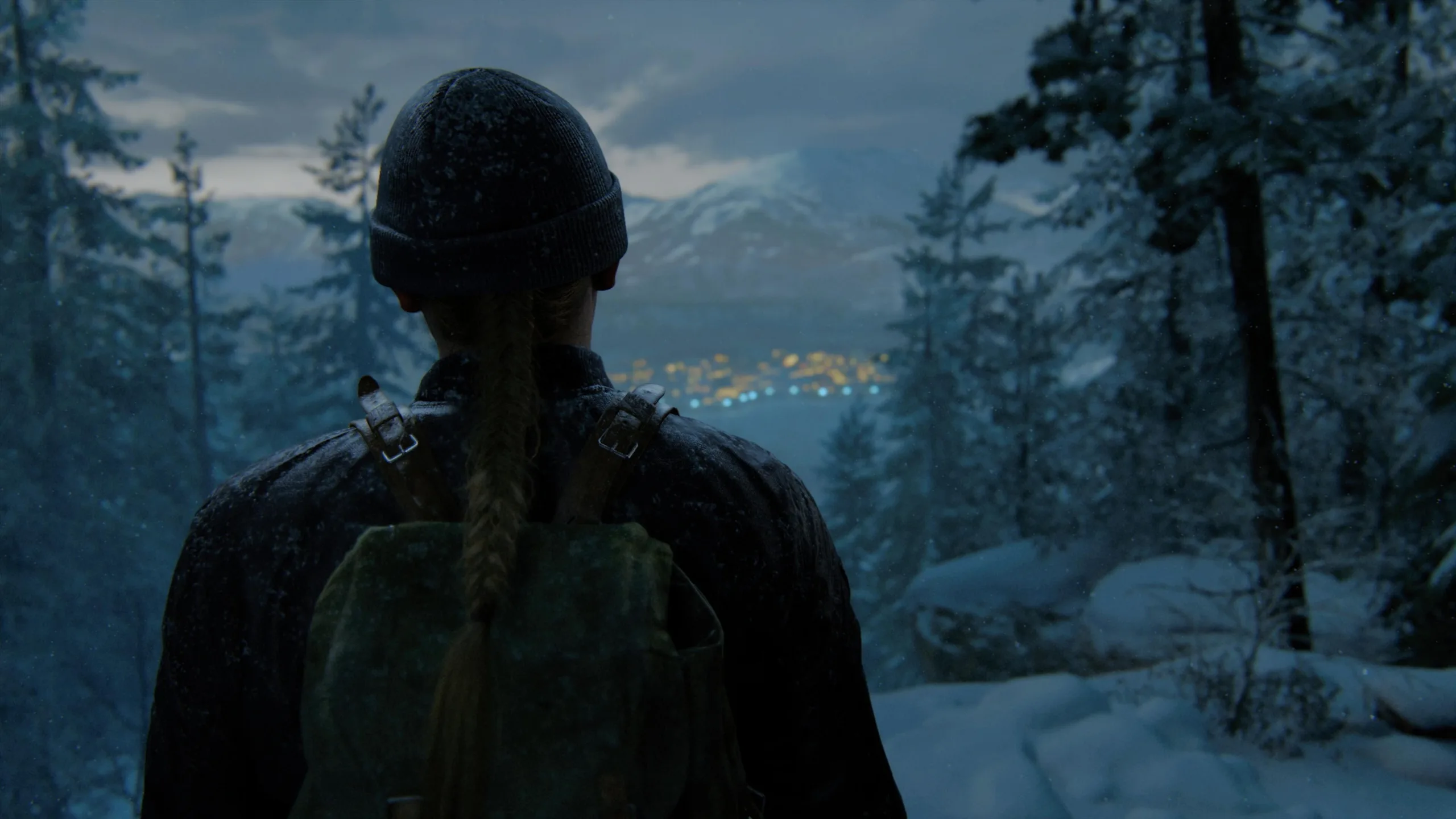
If the first part is to be played for the well-known Ellie, then somewhere in the middle the game offers (more precisely, insist – there is still no choice) to get acquainted with the other side of the conflict. To replace the fragile, constantly hungry and experienced incredible adventures, Ellie comes pumped up and well-fed Abby, who most of the time lived in completely different conditions, and clearly did not feel the need to survive.
The developers, in their characteristic dramatic manner, introduce her to her friends, tell stories from their common past and try to arouse empathy or something. But these stories are fragmentary and too compressed in time: if I saw Ellie and Joel for a game and a half, then Abby and her company flicker too quickly for at least some feelings to appear for them.
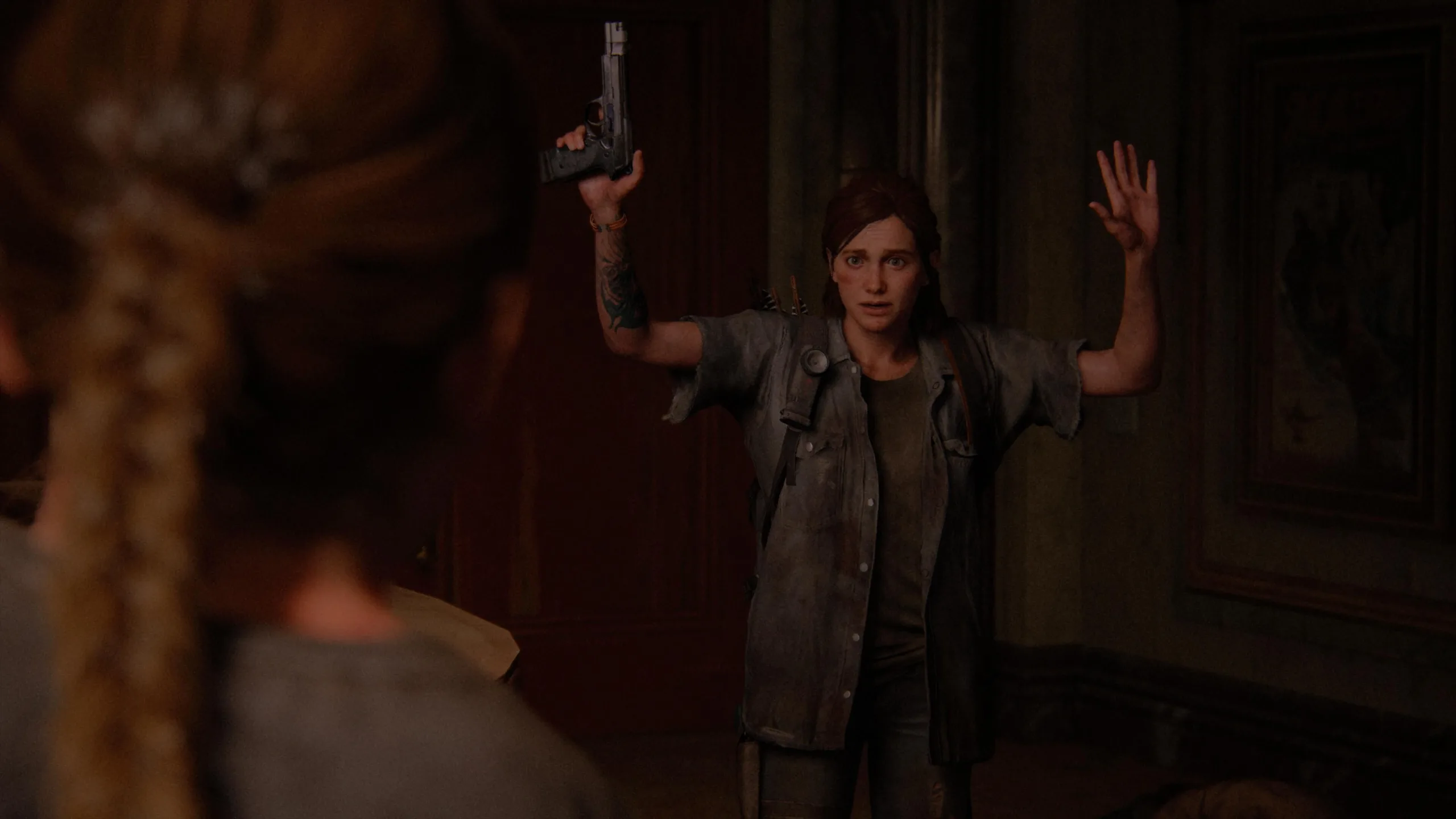
It adds fuel to the fire and Abby’s hothouse living conditions – what she did in the past and how she motivated herself for further actions – cause misunderstanding and even some kind of disgust for this character.
I, as an impressionable person, for the first couple of hours of playing for a protégé from the opposite side of the conflict, was perplexed all the time – why do they tell me about this pretentious bitch and when will I finally return to my beloved Ellie. But the plot steadily told the story of Abby’s life, and the 5 completely unpumped branches of development of this character and her new weapon found in the menu convinced me that this was for a long time.

At this point, I simply abandoned the game. I didn’t like Abby, I didn’t like her attitude to strangers and friends, I didn’t want to find out her past, and, in all seriousness, I was looking for an opportunity to somehow skip this entire “episode”.
But that wasn’t the only reason I needed a break. The fact is that The Last of Us Part II is also an extremely violent game. Killing a person is the least evil that could be seen on the screen. The screams of an enemy dying from an arrow rang loudly in his ears, and the bloody remains of a grenade explosion were done with incredible accuracy.

In addition, the game was full of particularly cruel treatment of characters, both in cut-scenes and encountered during the game. From the unexpected death of a close friend, I wanted to pause the game and go out to rest, but the feeling of what would happen next made me move on. And soon to see even more senseless cruelty and unnecessary killings.
At one of those moments, I turned off the game and for about two weeks I didn’t feel the urge to continue at all.
Seattle | Every medal has two sides
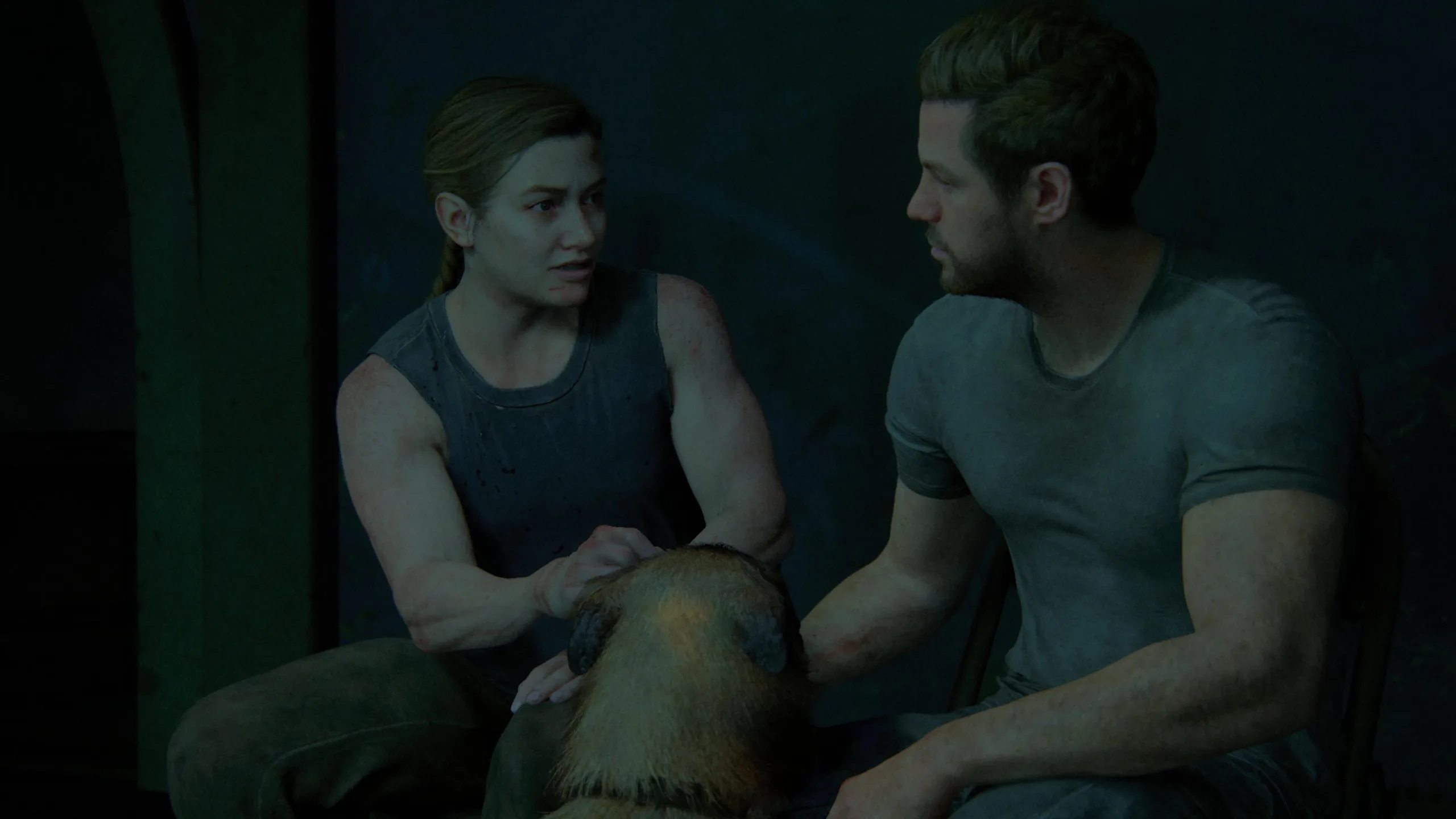
I don’t know what prompted me to come back – the desire to know the ending or the feeling of not abandoning what I started halfway – but in the first session after the pause, I was stuck longer than I imagined.
The fact is that after the pompous and sultry life of Abby, she was presented in a different light – as a person who also has emotions and feelings for others. That is, some kind of personality was hiding under the thick skin, and it seemed interesting to me to see what kind of personality it was.
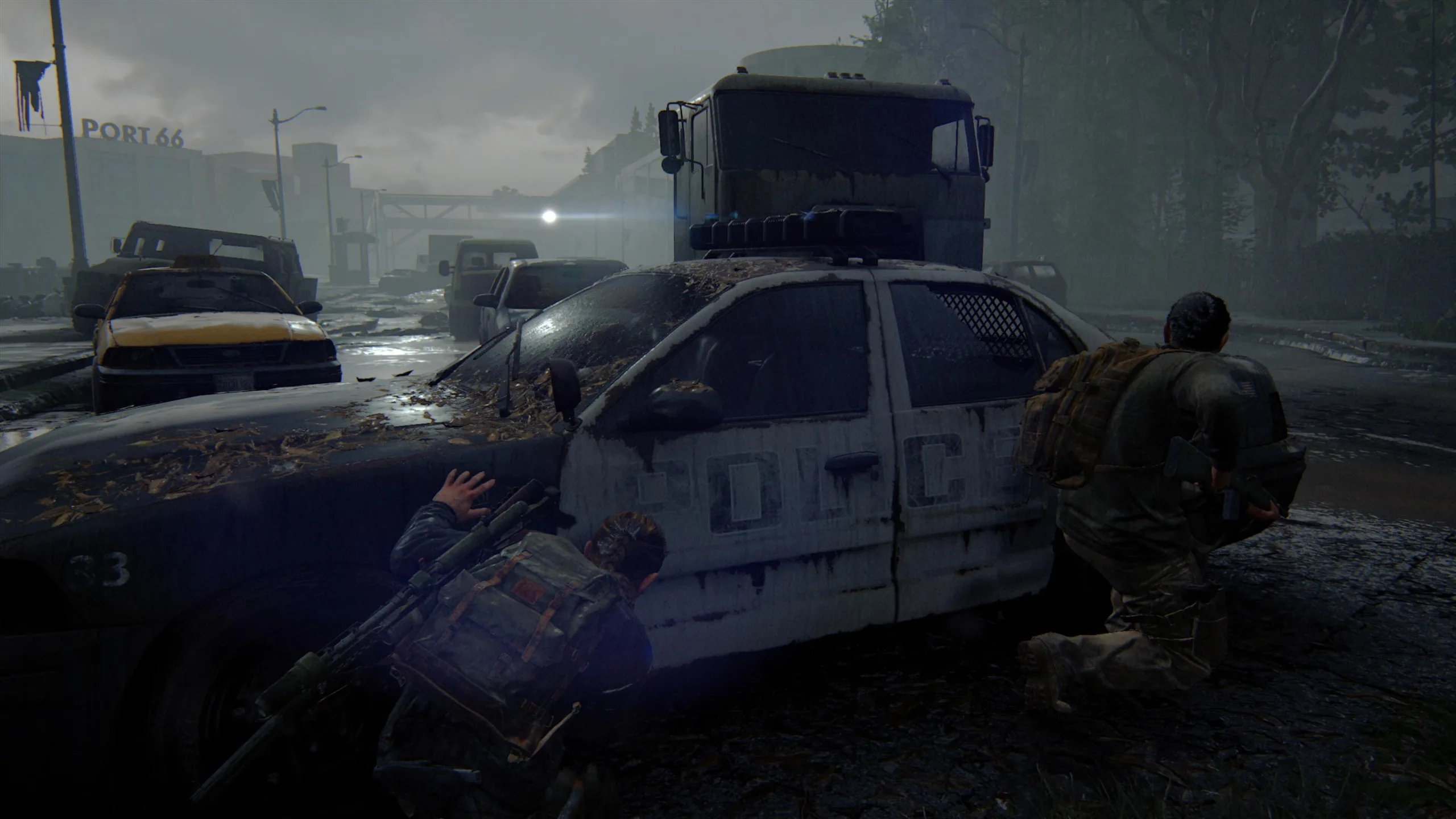
The plot, as if on steroids, began to rapidly gain momentum. It turns out that the conflict on the other hand looked no less ridiculous and there were enough moments where human casualties or other unnecessary losses could have been avoided.
When the light at the end of the tunnel came on for a minute, and the game began to take on at least some sense, something new lit up on the horizon. Meeting with the third, and a little later – and the fourth, parties to the conflict turned everything upside down. How, where and most importantly – why?? – the developers mixed everything in one heap, I don’t understand. If this was an attempt to complicate an already not ideal plot, then I am one of those players who did not catch the deep meaning.
In order not to go into details and in order not to accidentally spoil, the game’s plot is a strong and, at the same time, a weak side of The Last of Us Part II. In places, it is extremely slow and prolonged, in places it is too sharp and abrupt. He is almost always cruel and inhuman. And he is completely unpredictable!
Farm | A place to think about eternity

If you take out all the gunfights and the need to press any buttons from the game, then Last of Us 2 is a superbly directed film. But only until the middle, while at least some logic can be traced in his plot. Aside from the aesthetic enjoyment of the visual and sound accompaniment, this “movie” raises many thorny questions.
- The relationship between children and parents is the most obvious of them. When the child grows up, the father still takes care of his child and protects him from all dangers.
- Family and friends are probably the second most common. When close people make unrealistic sacrifices for you, their decisions at first resemble madness and, only after a while, cause understanding (or hatred).
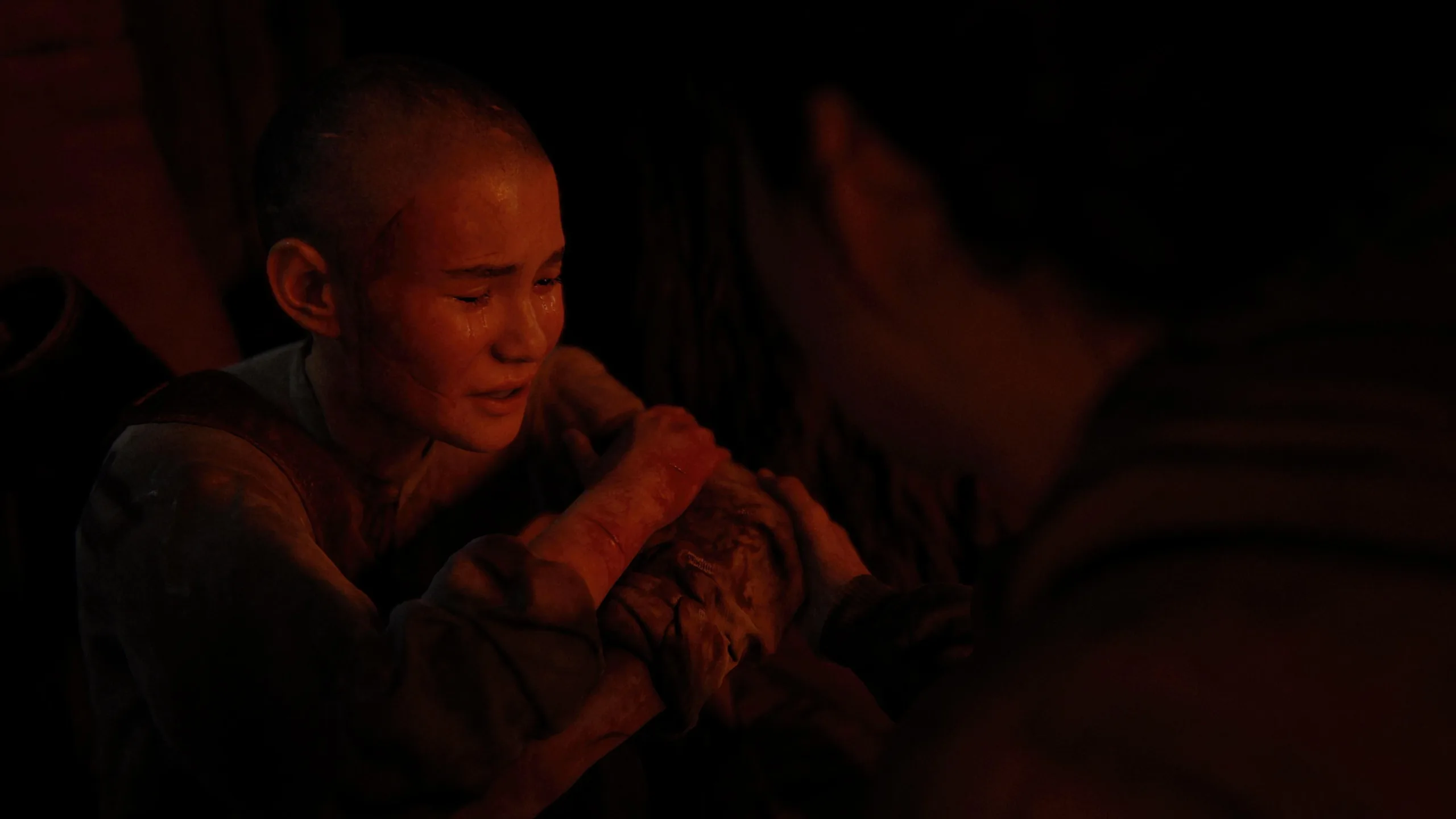
- To remain human, no matter what: when there is a deadly virus around, resources are strictly limited, and the end of the road is not visible – how far can an individual go in order to survive? Is it possible to continue a normal life, as it was before the beginning of this chaos, or is it just a temporary illusion of happiness?
- If everyone around is doing “the right way”, is it possible to break the usual mood and go against your own? Is it possible to question the ideals of the society in which you grew up, even when your parents make it clear how to live? What will it cost to go against the current and is it worth it?
And what kind of reasoning (about the eternal or not) did the game prompt you personally? Please write in the comments.
Santa Barbara | Is it the final stop or is it an intermediate one?

In my humble opinion, with a balance of reason and madness, logic and pure emotions, the developers did not guess good against evil. The reception with the use of pregnant women did not work for me and looked somehow cheap or something. And the attempts to instil in me warm feelings for someone other than Ellie and Joel, they also failed.
What Naughty Dog managed to do was to cast doubt into the player about the reasonableness of the actions of their protégés. After all, the initially seemingly correct decision in one situation looks absolutely ridiculous if you look at it from a different angle. There are plenty of such moments in the game, and during the passage, I experienced a whole range of emotions and experiences.
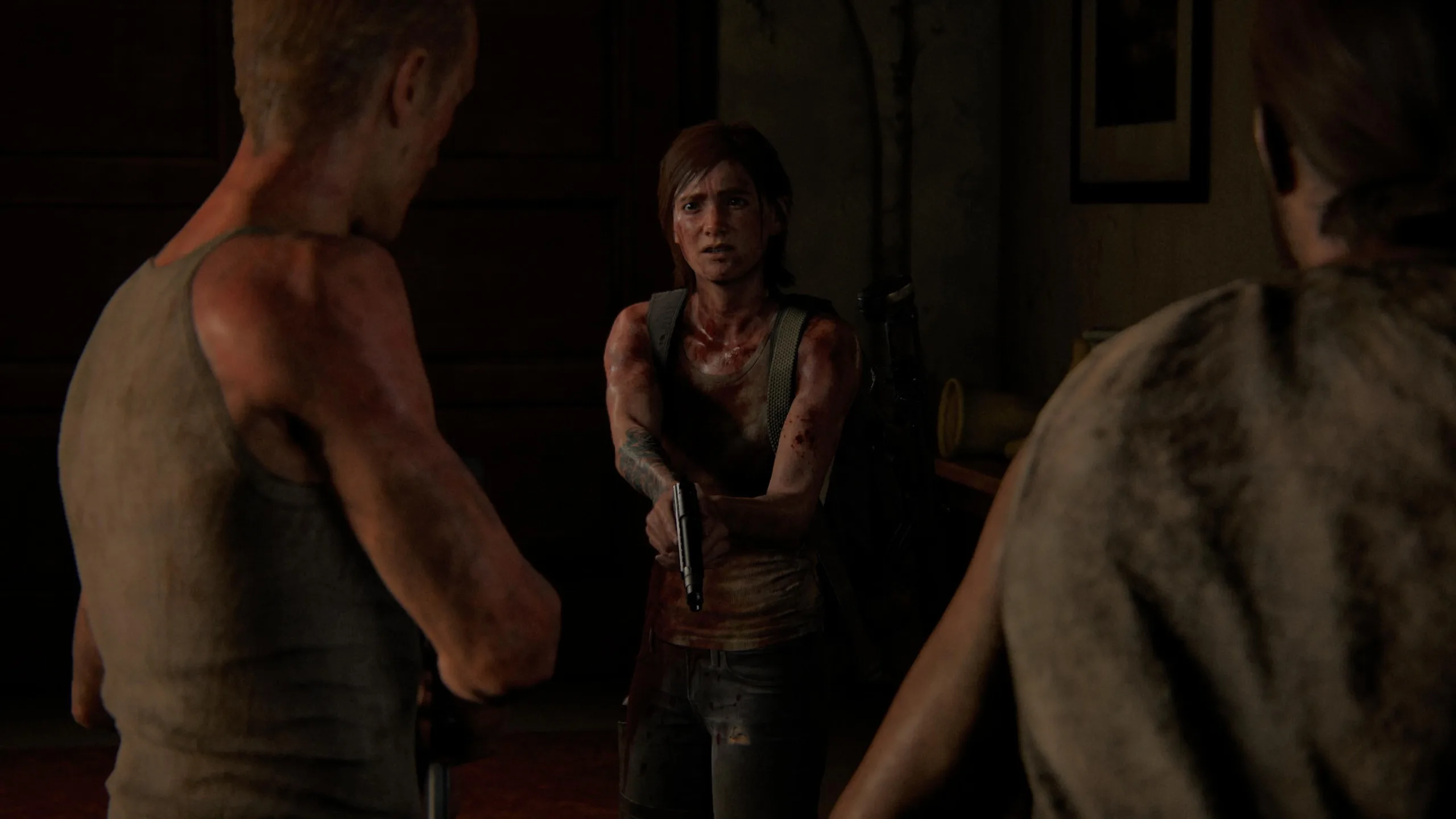
The last episodes of The Last of Us Part II are some kind of apotheosis of insanity. Why was it necessary to cook all this porridge and walk such a distance over corpses (human and not only) to end the story like this?
Or was this the very deep intention that I should feel when I see the end credits?

To summarize what I wrote, I liked the game:
- Excellent graphics, audio and technical implementation. Not a single bug, not a single crash and a huge world with no downloads and no waiting, all on an 8-year-old console. Bravo!
- Familiar characters, their development and motivation. Like the whole plot of the first part of the game.
- Dynamic battles with enough room for manoeuvre.
- Already familiar character levelling system, weapons and other well-functioning game mechanics from the first part.
- Attention to the details of the environment, not annoying puzzles and not annoying gameplay elements. And yet – no grind, thank the Cicadas!
- The full range of emotions experienced by a person without getting off the couch.

Not without cons:
- Music and/or phrases of the character that foreshadowed trouble and spoiled the moment of surprise.
- The plot of the second part, lack of time to understand the other participants in the conflict, their motivations and actions.
- Huge corridor world without choice and alternative. The unsuccessful attempt to make one of the locations open.
- Excessive cruelty and insanity, missing or poorly explained logical chain of some key events.
- Lack of development of gameplay and other mechanics, and close to zero replay value compared to the first part.
Epilogue | What is known about the plans of the studio
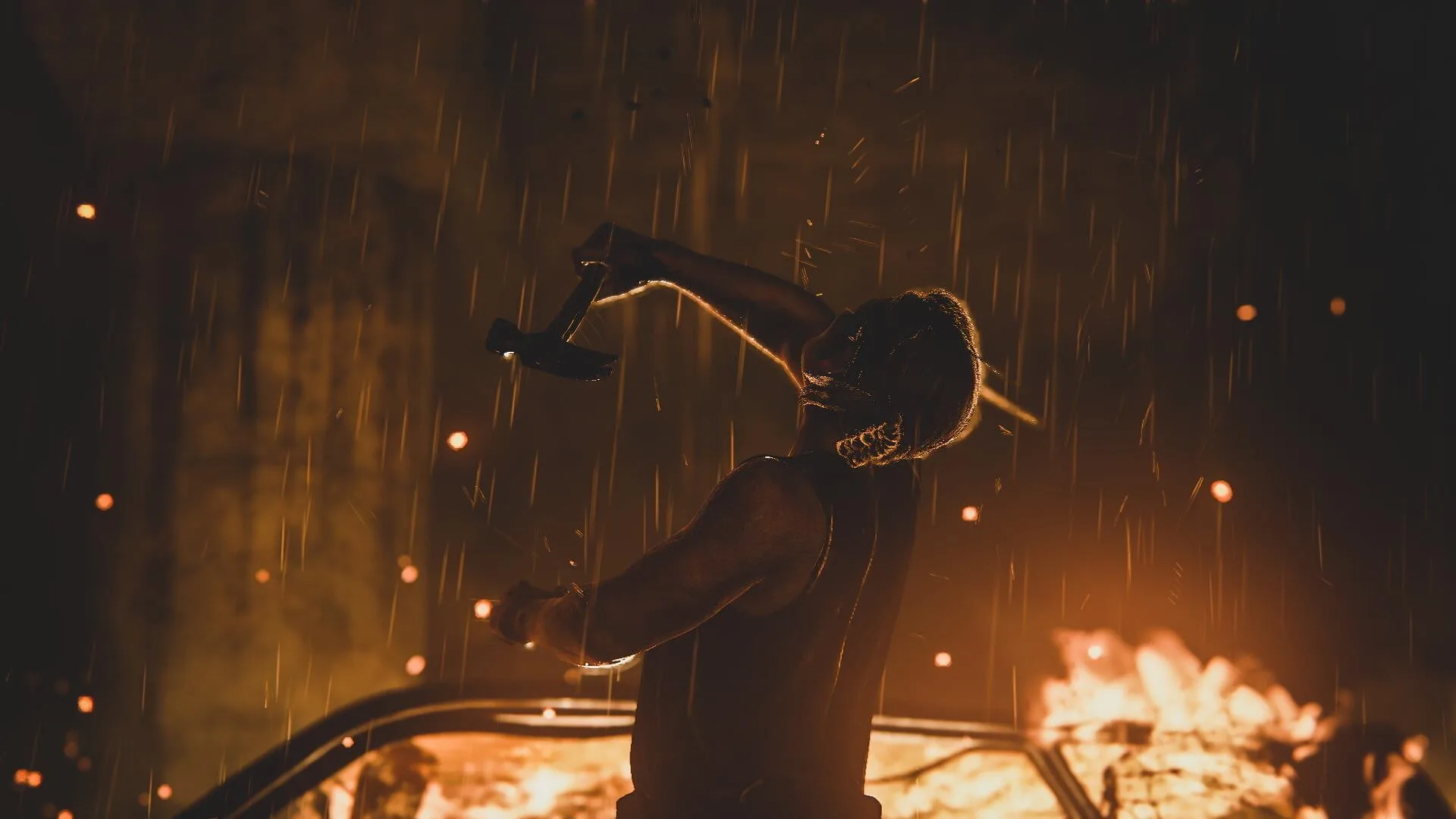
Having passed the first part of the game, I was practically sure that the second would not follow. Even despite the open ending, it would be oh-so difficult to release something better. But, apparently, Naughty Dog was confident in their abilities and decided to continue.
According to the developers, the release of the second part took about 6 years. Now, the end of The Last of Us Part II has clearly hinted at the continuation, and the existing outlines of the plot for the third part even managed to be confirmed.
In addition, the developer promised to add multiplayer to the second part – although I do not think that this will happen before 2022. In a tweet from two years ago, we learned about the studio’s plans even before the release, but a year later, Druckmann indirectly hinted that a multiplayer mode might be in the works. It is still unclear whether it will be released as a separate project or as an update for the current game.

Naughty Dog hasn’t confirmed the development of a full PS5 version either. the current one is backwards compatible with PS4. Nothing is known about plans to release DLC for the main game or spin-offs about other characters.
But what we managed to find out for sure is about the production of a series based on The Last of Us. The project even has a page on IMDB, and Craig Mazin, who has proven himself on the Chernobyl series, will be the showrunner.

Thanks to everyone who read my review and as a bonus, as always, a small survey!
